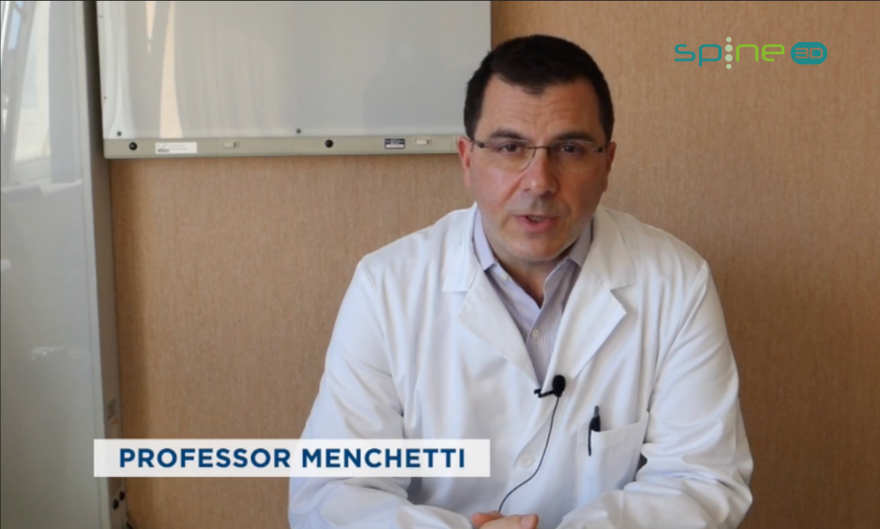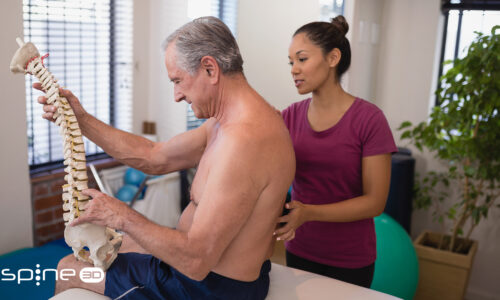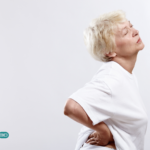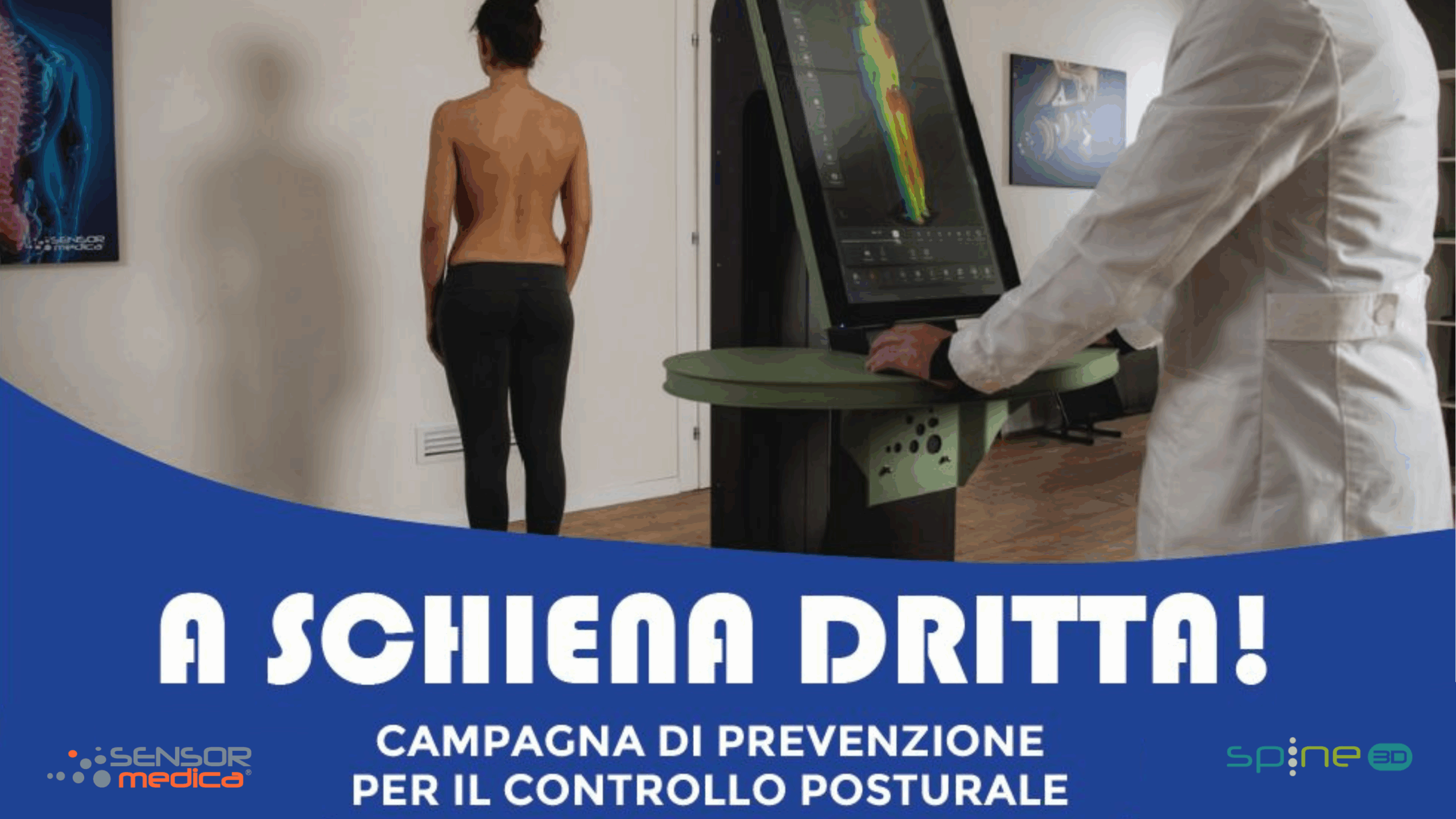
The expert’s advice – The Spine 3D system
- admin
- May 23, 2022
- Specialists
- Back pain, Check-up, Children, Menchetti, Pregnant, Safety, Spine, Surgery
- 0 Comments
We have already had the opportunity to host an important talk by Professor Menchetti in our pages and today, with great pleasure, we are here again as the professor has returned to talk about the new Spine 3d technology. We reproduce the professor’s words below. The excerpt we are proposing is taken from a video released on the Hcir Roma YouTube channel.
It is Professor Pier Paolo Maria Menchetti himself who introduces himself, illustrating his area of expertise: ‘Specialist in orthopaedics. I deal with the spine and minimally invasive spinal surgery, and I operate and work at the Rome American Hospital and at the Centro Diagnostico Ostiense‘.
He then goes on to present the new non-invasive technology provided by Spine 3d: ‘Today we have the opportunity to present an innovative system for assessing morphology with a three-dimensional reconstruction of the spine. A system that is able to work by means of infrared camera acquisition and with the aid of sophisticated software for a three-dimensional reconstruction of the curves of the spine and changes in postural posture.”

Professor Menchetti goes on to explain how Spine 3D works, highlighting the advantages of a system capable of “performing an assessment with the patient standing”, but also “assessing the pre-operative the post-operative”. And again, he emphasises how the innovation of Spine 3d allows “the study of postural alterations and spinal deviations in children and adolescents”, emphasising the importance of this factor given that with some patients it can be really important not to “use ionising radiation”. He also explains that the non-invasive Spine 3D system is also very useful for “pregnant patients who cannot undergo radiodiagnostic examinations, with the opportunity not only to have an examination that allows a three-dimensional reconstruction in autonomy, but with a great opportunity to superimpose the examinations of conventional radiology.”
Undoubtedly, continues Professor Menchetti, “this certainly innovative system allows the reduction of useless radiodiagnostic examinations, directing the clinician to the request for more and more targeted examinations, certainly also reducing exposure, not only to ionising radiation, but also an exposure in economic terms.”
He concludes by looking to the future, to what must be the goal: “to integrate conventional radiology with a postural system that also allows, however, an integration with traditional methodology, a method that has been used for some years now abroad and that allows more and more orientation not only to the therapy of spinal problems, but above all to the pre-operative and post-operative problems.”






